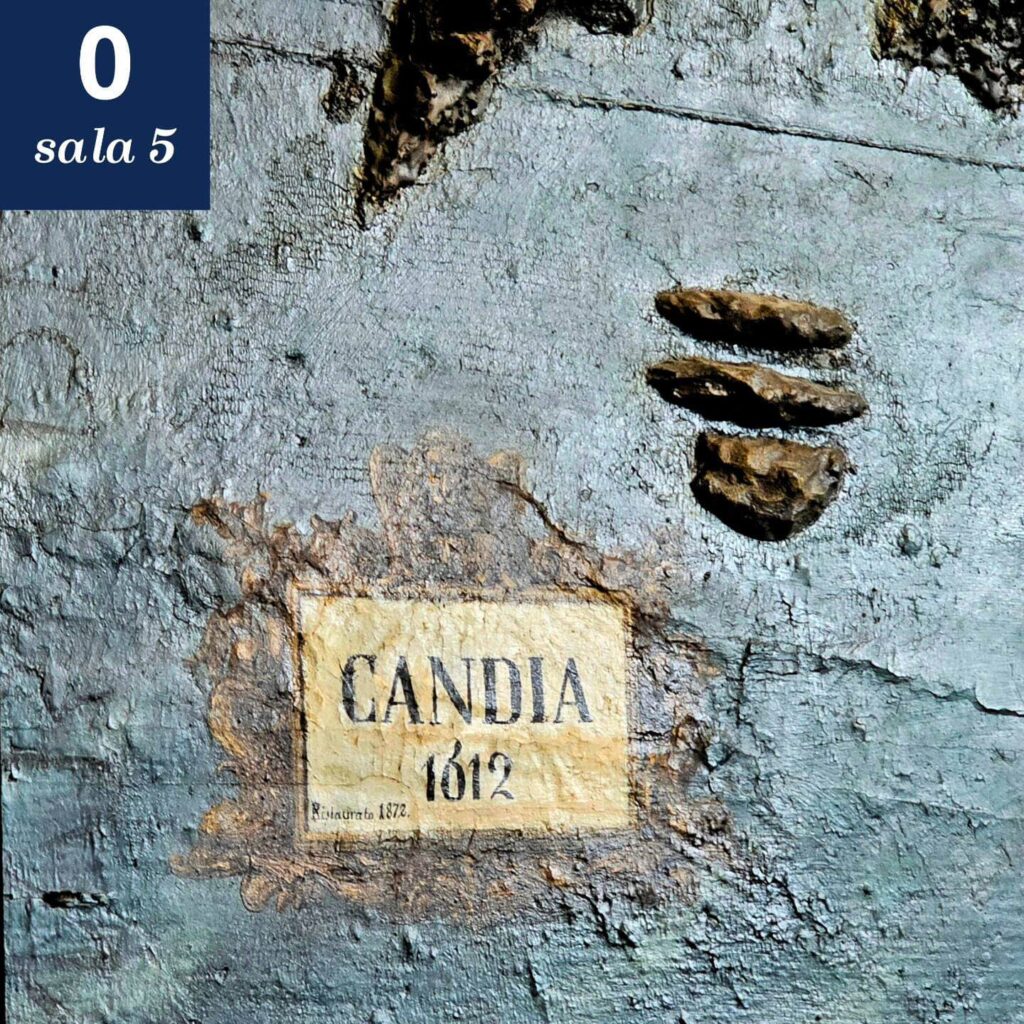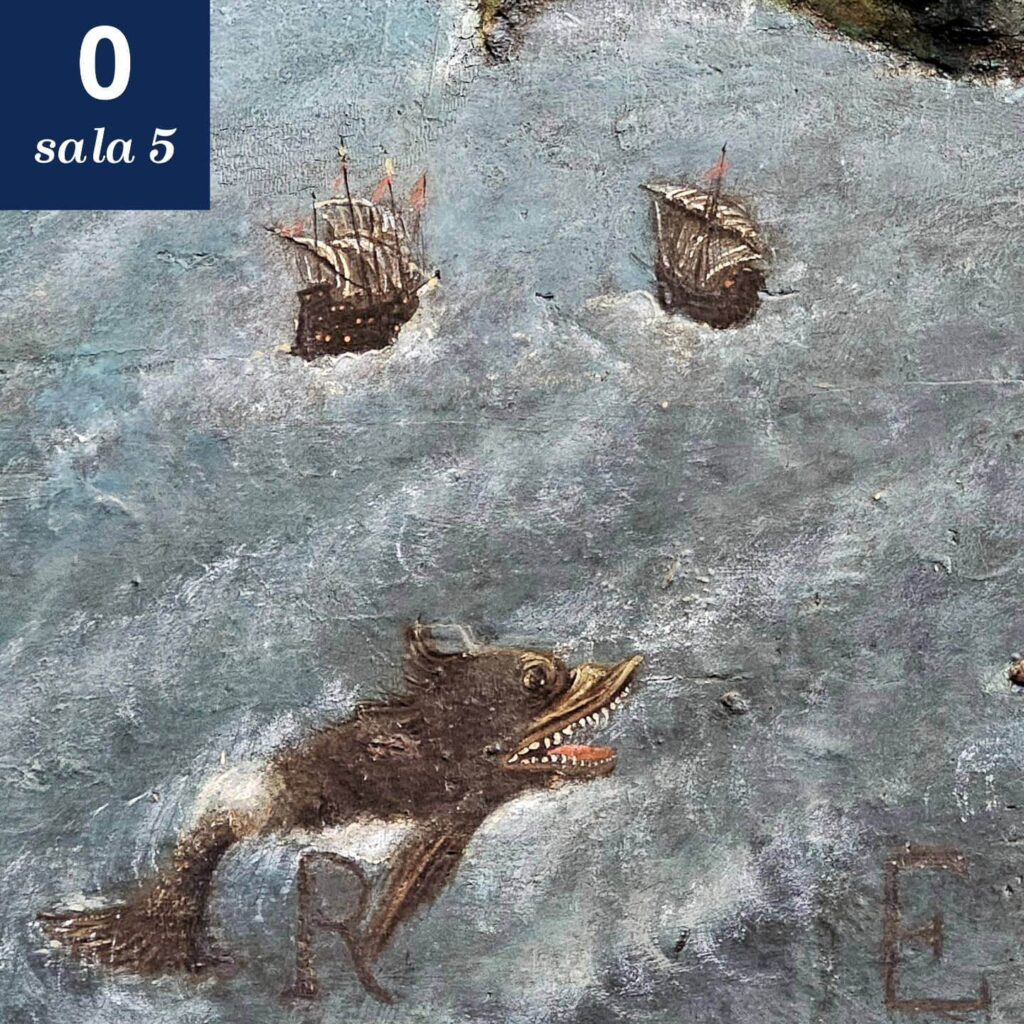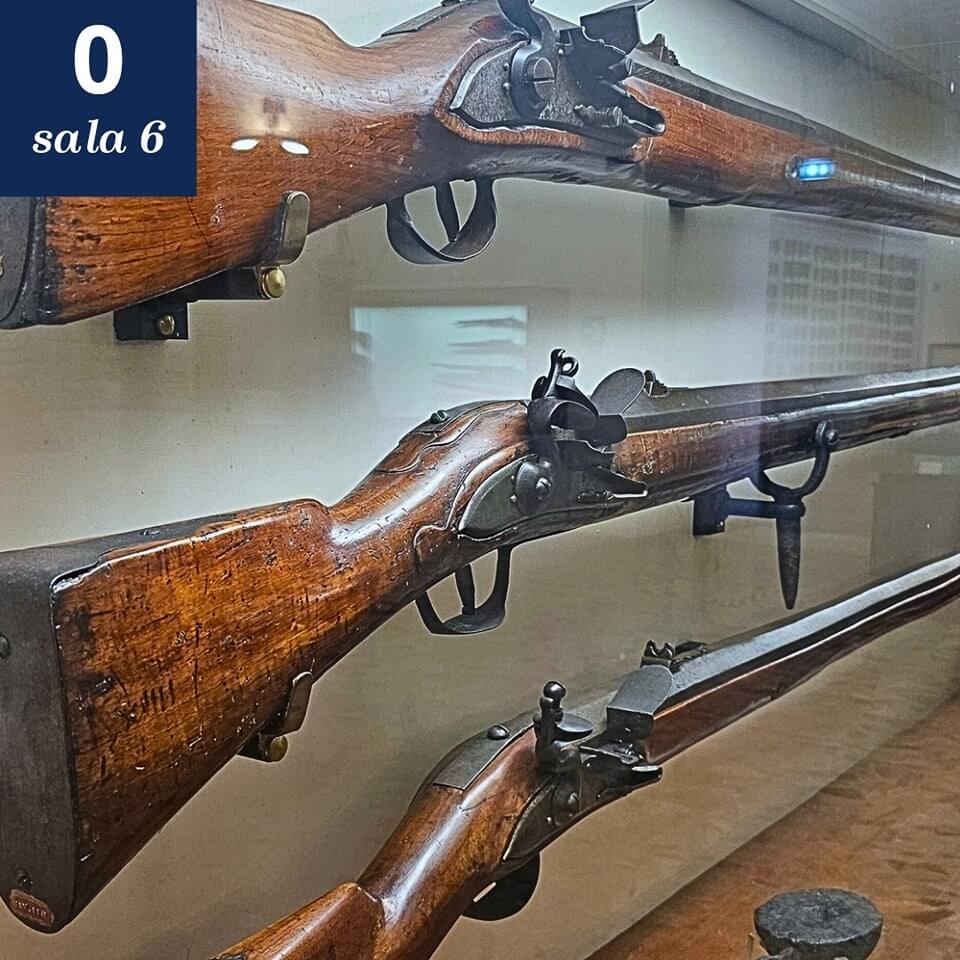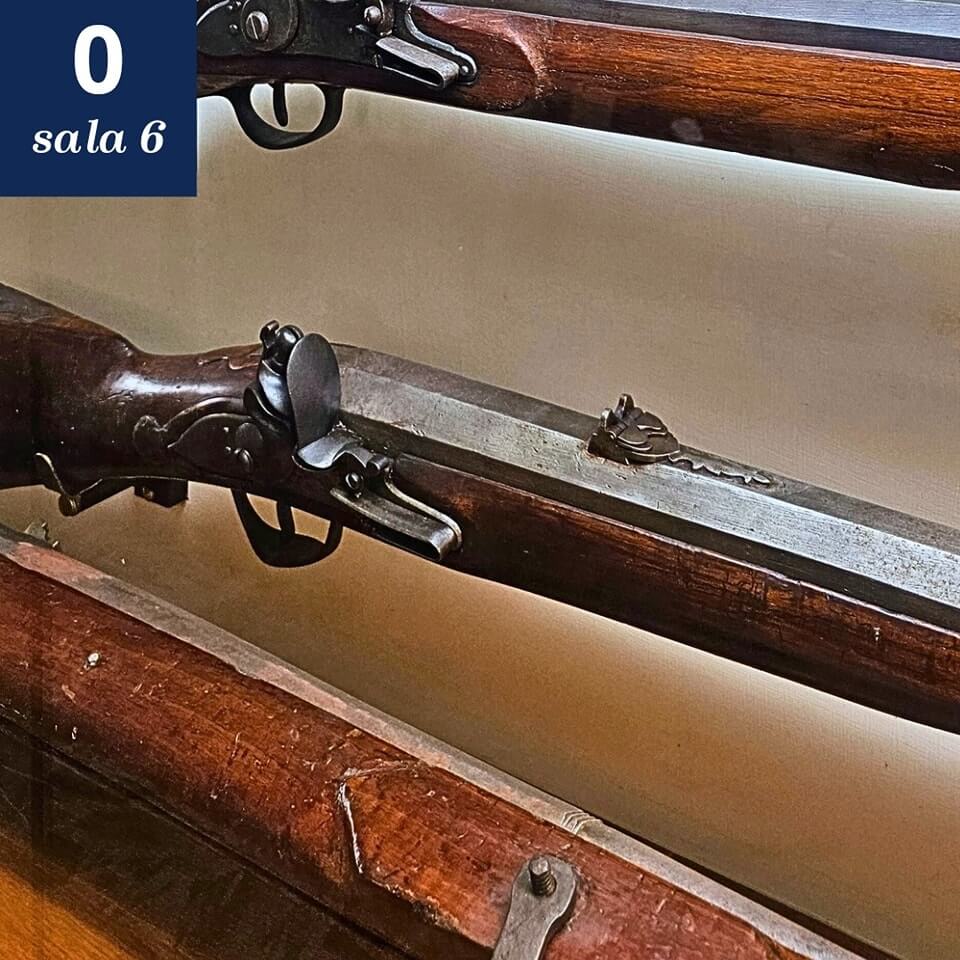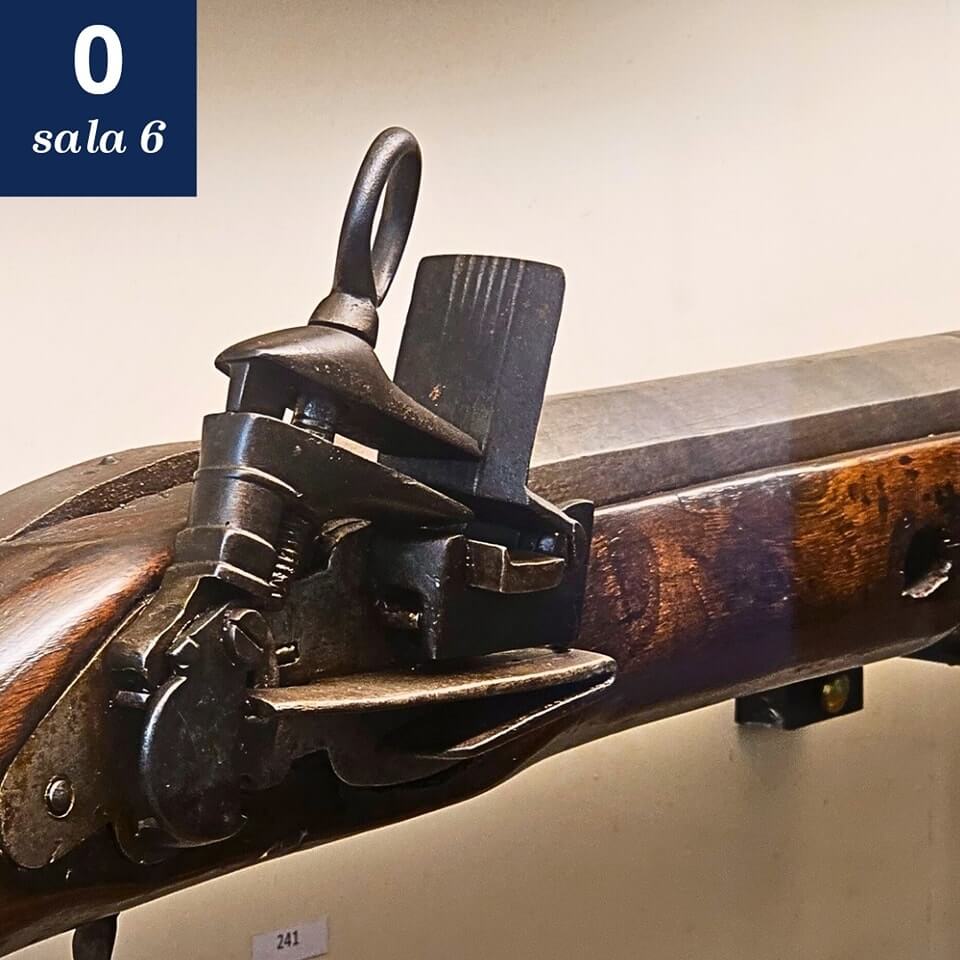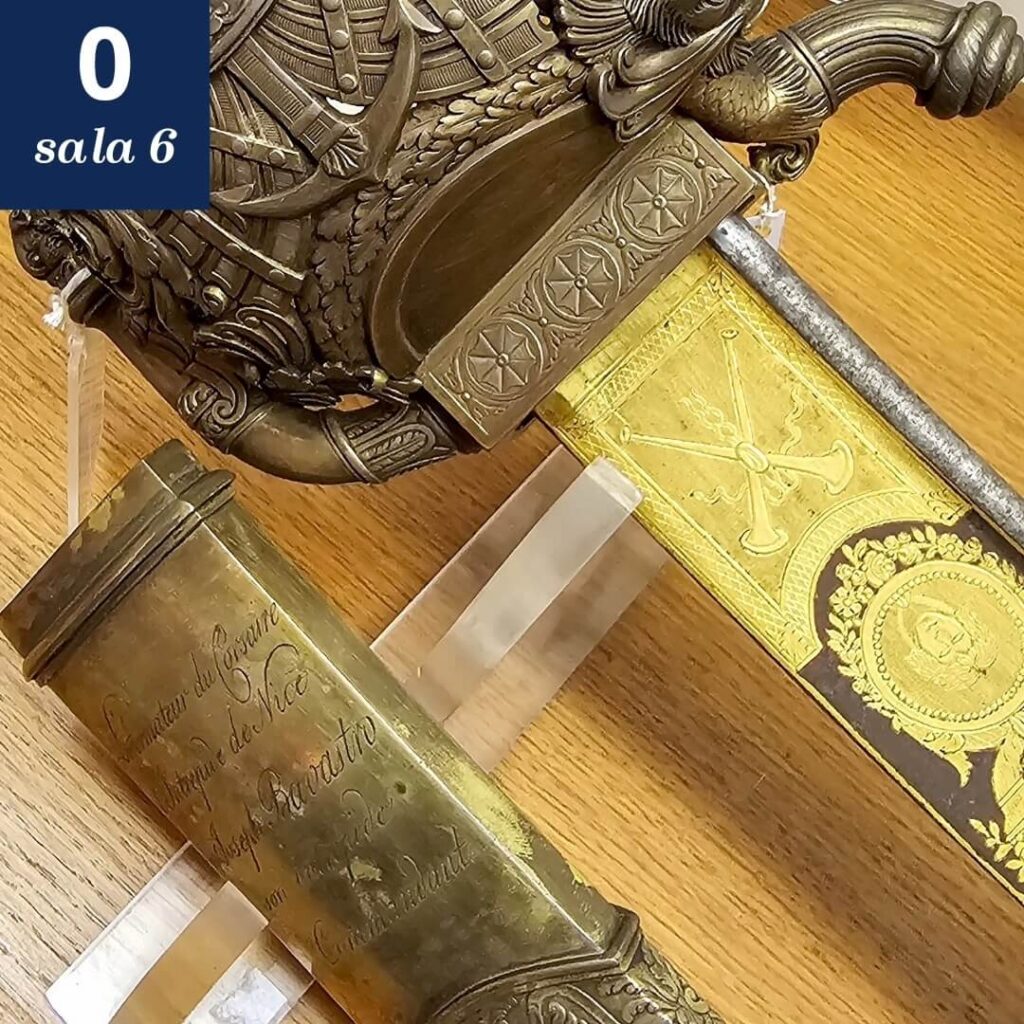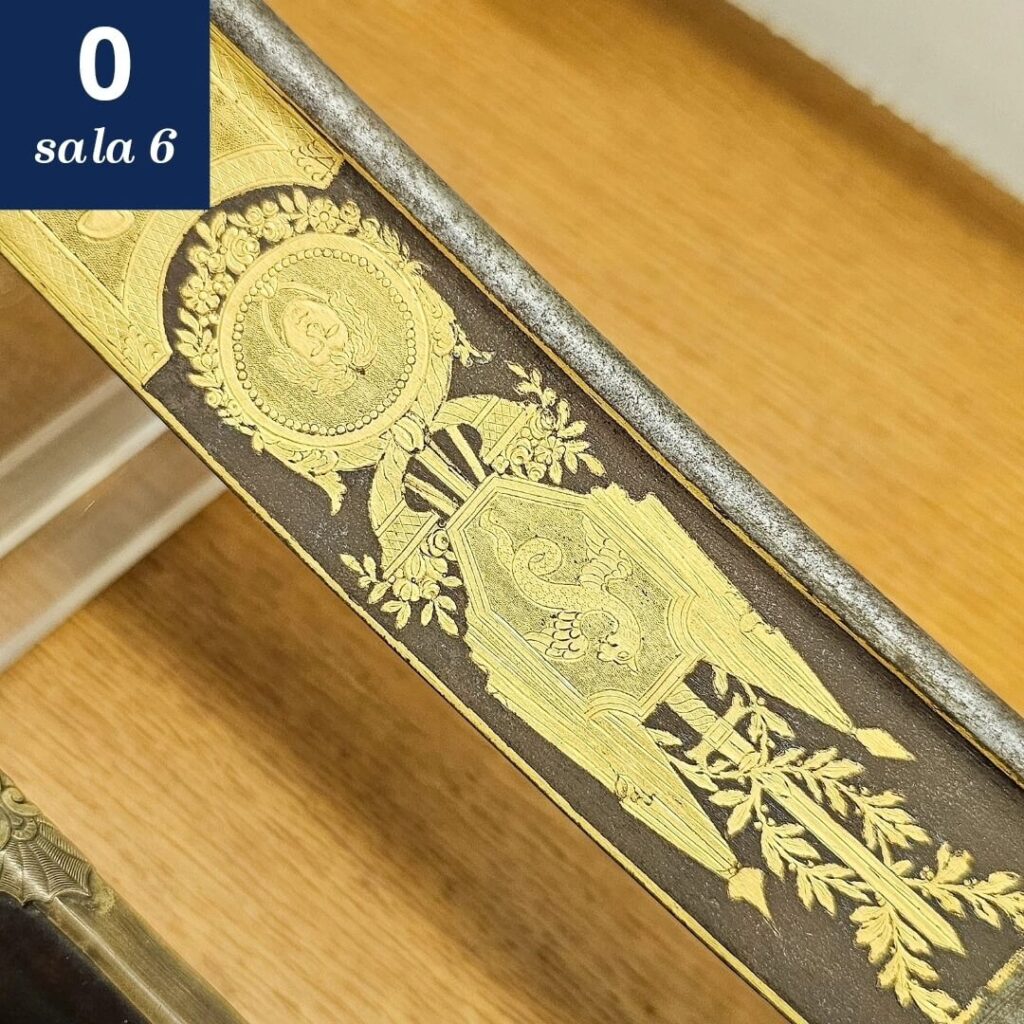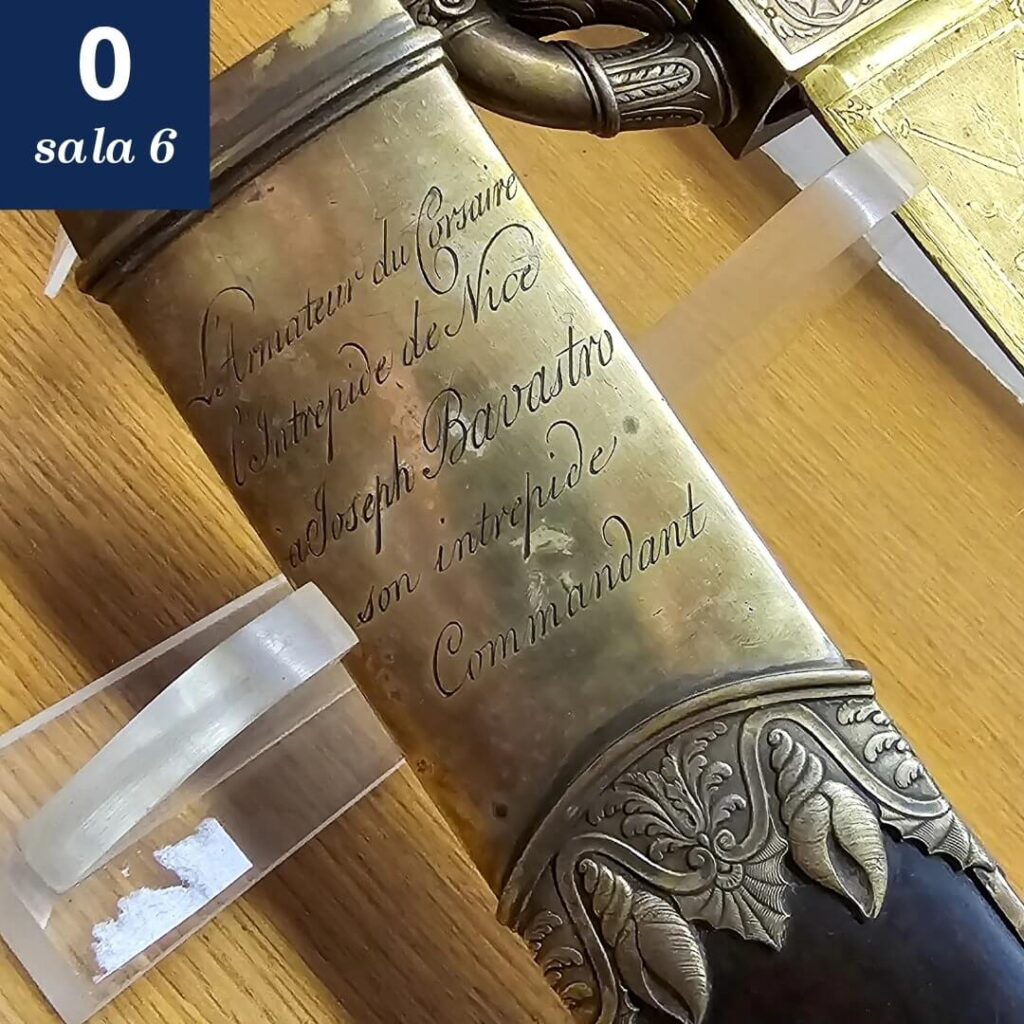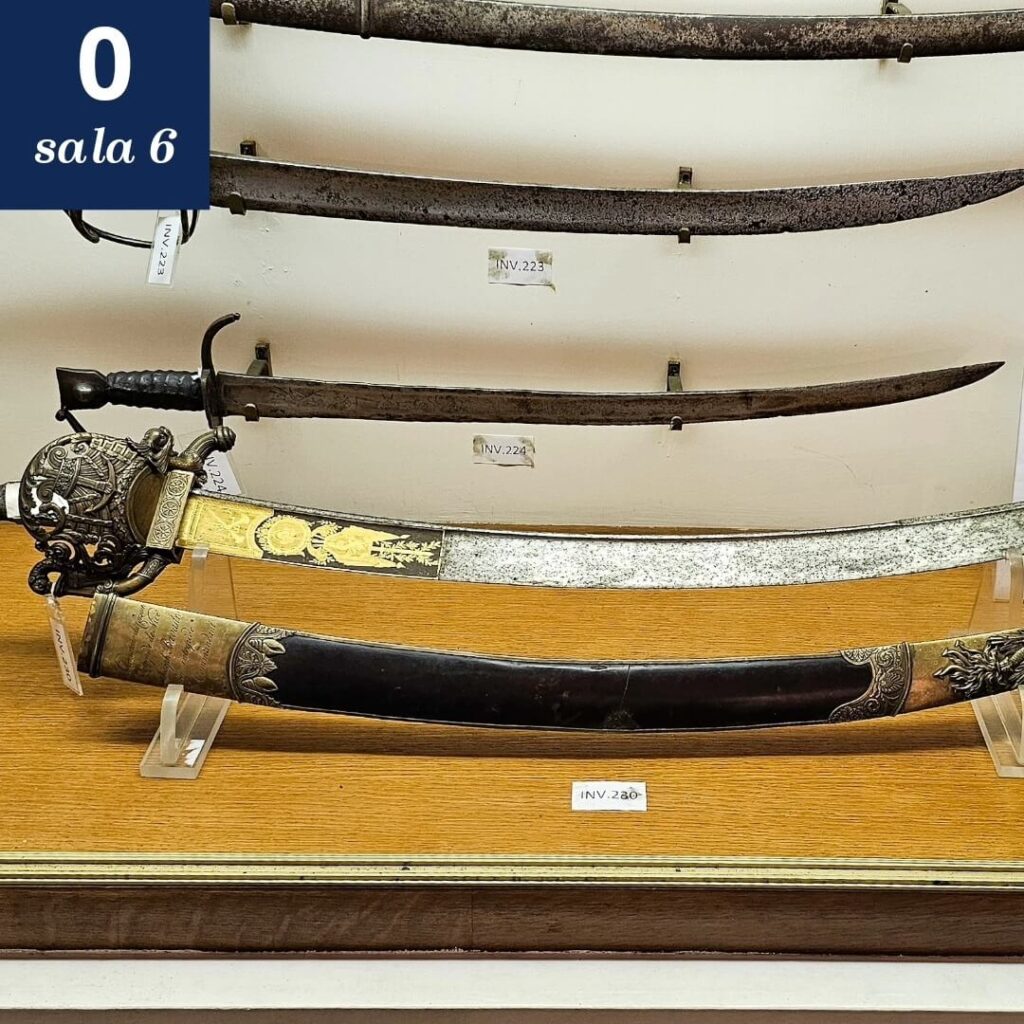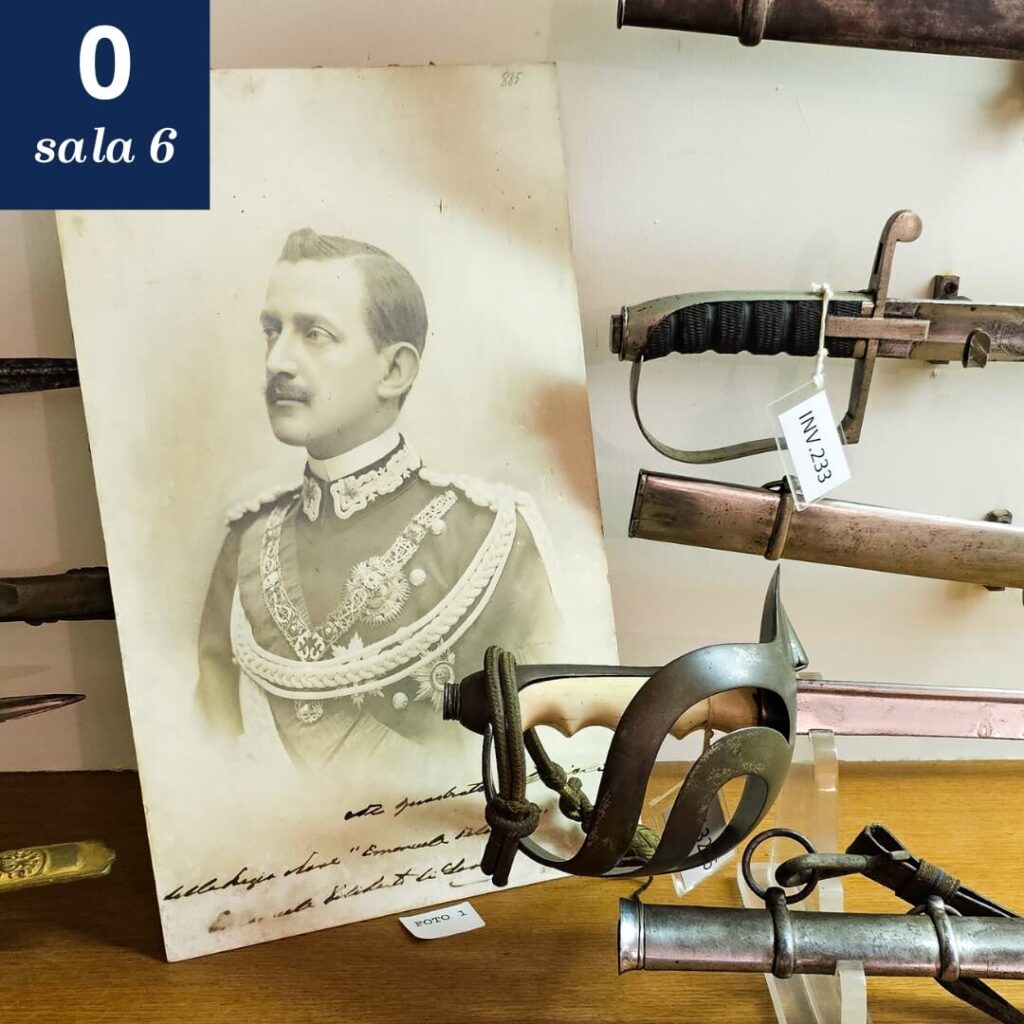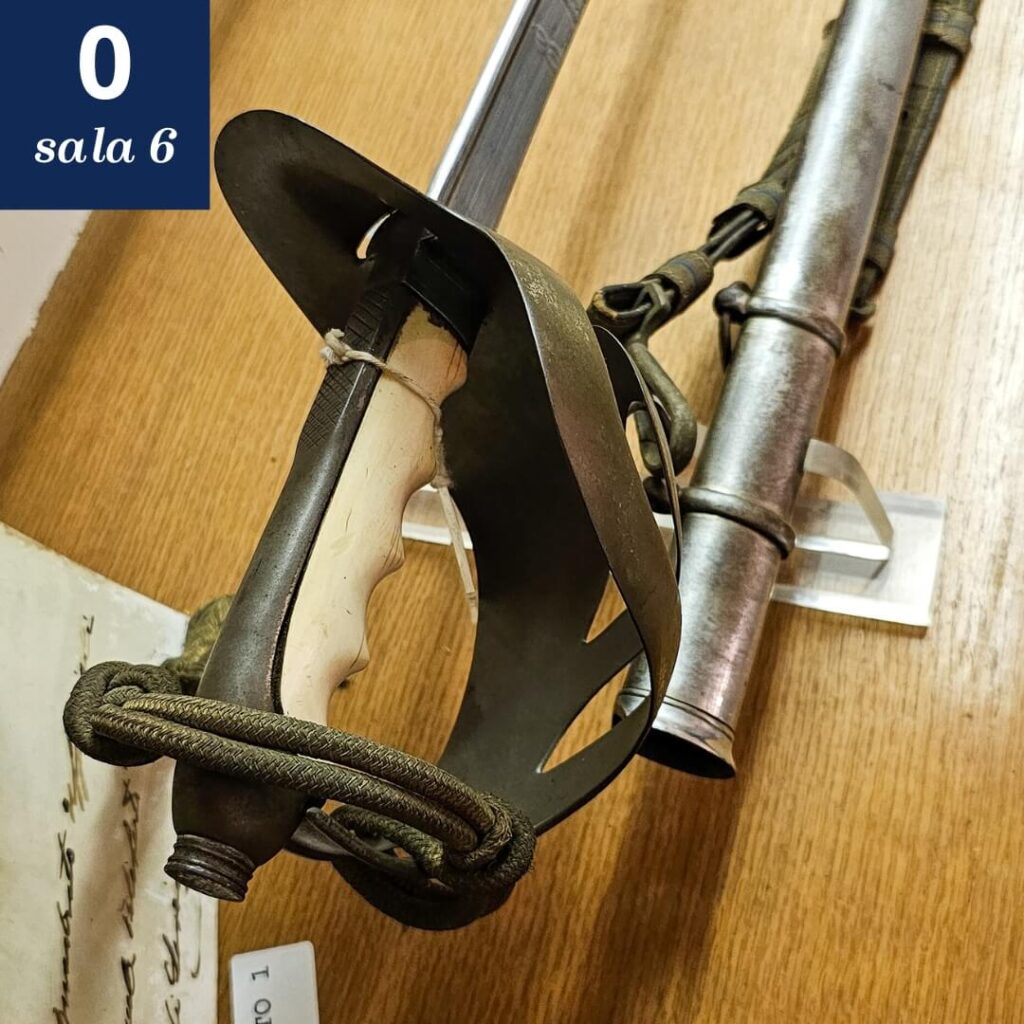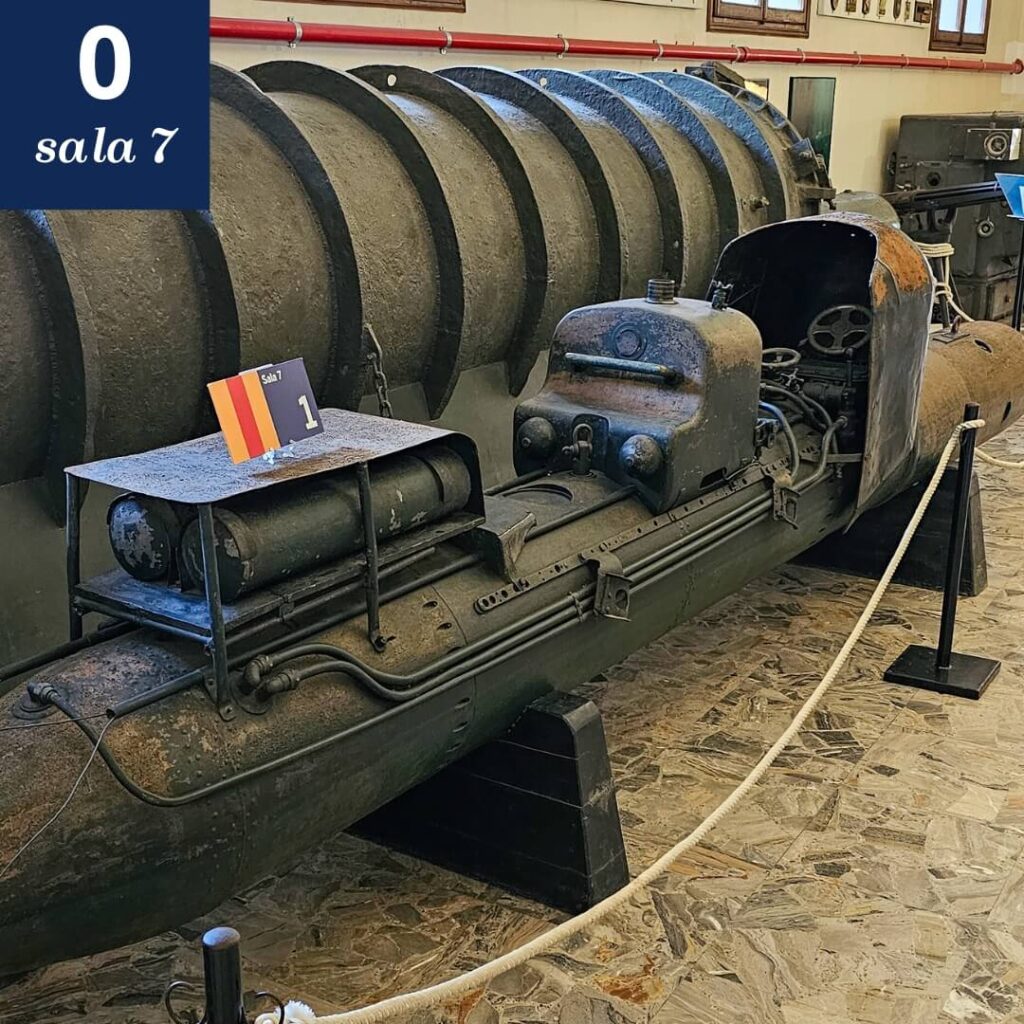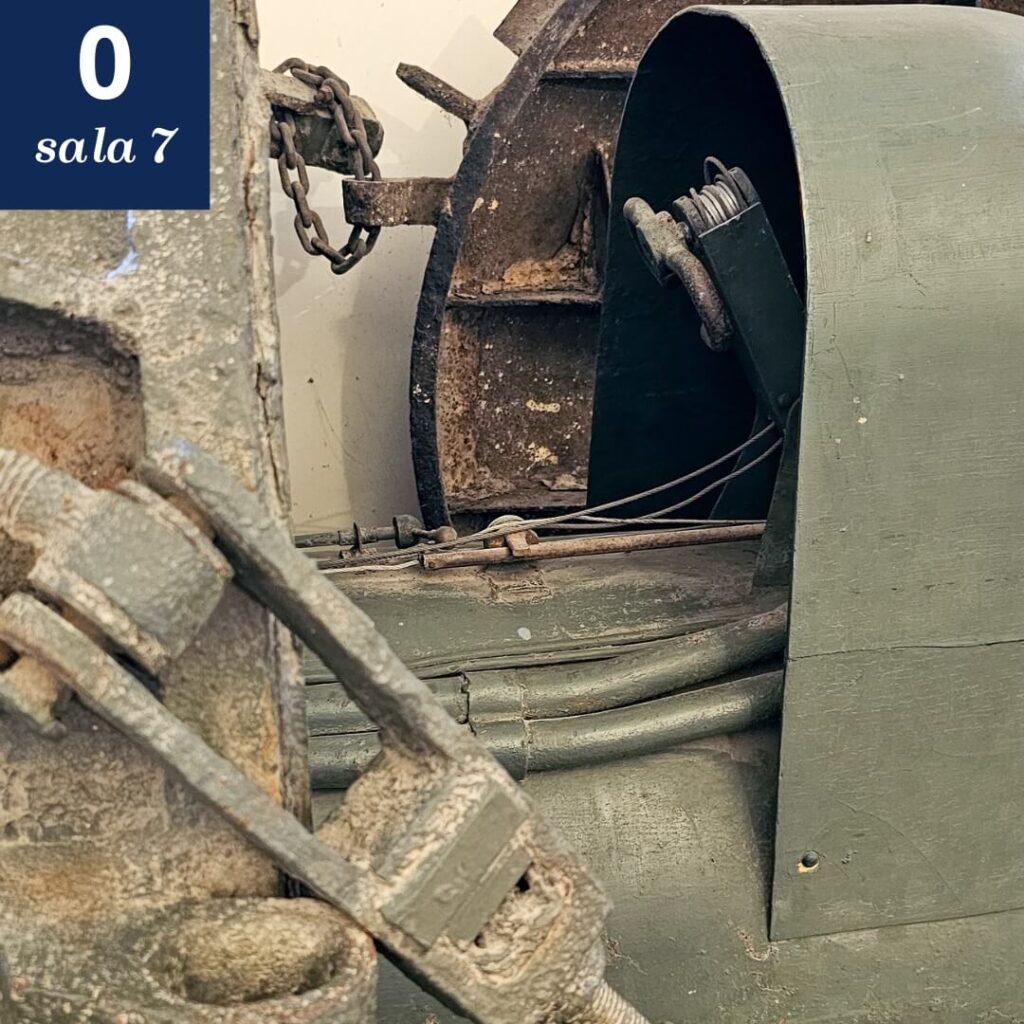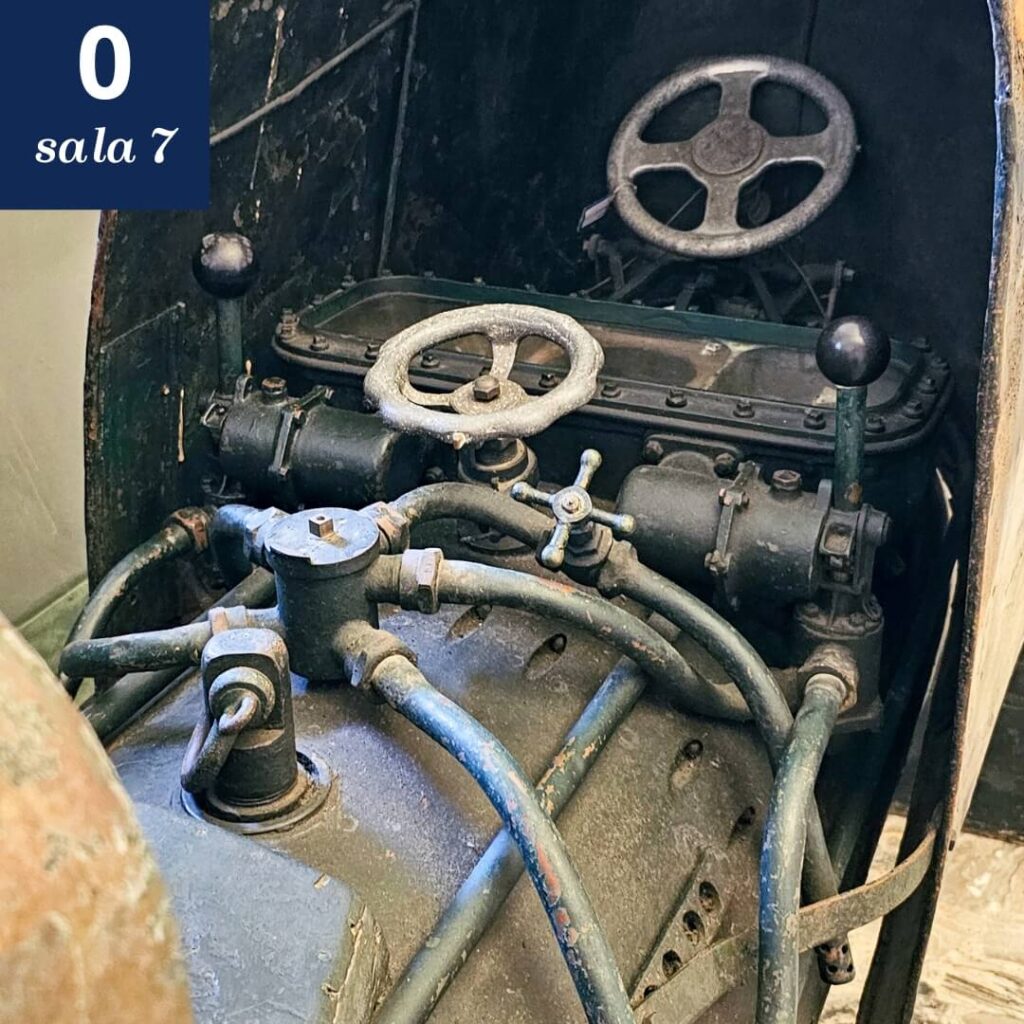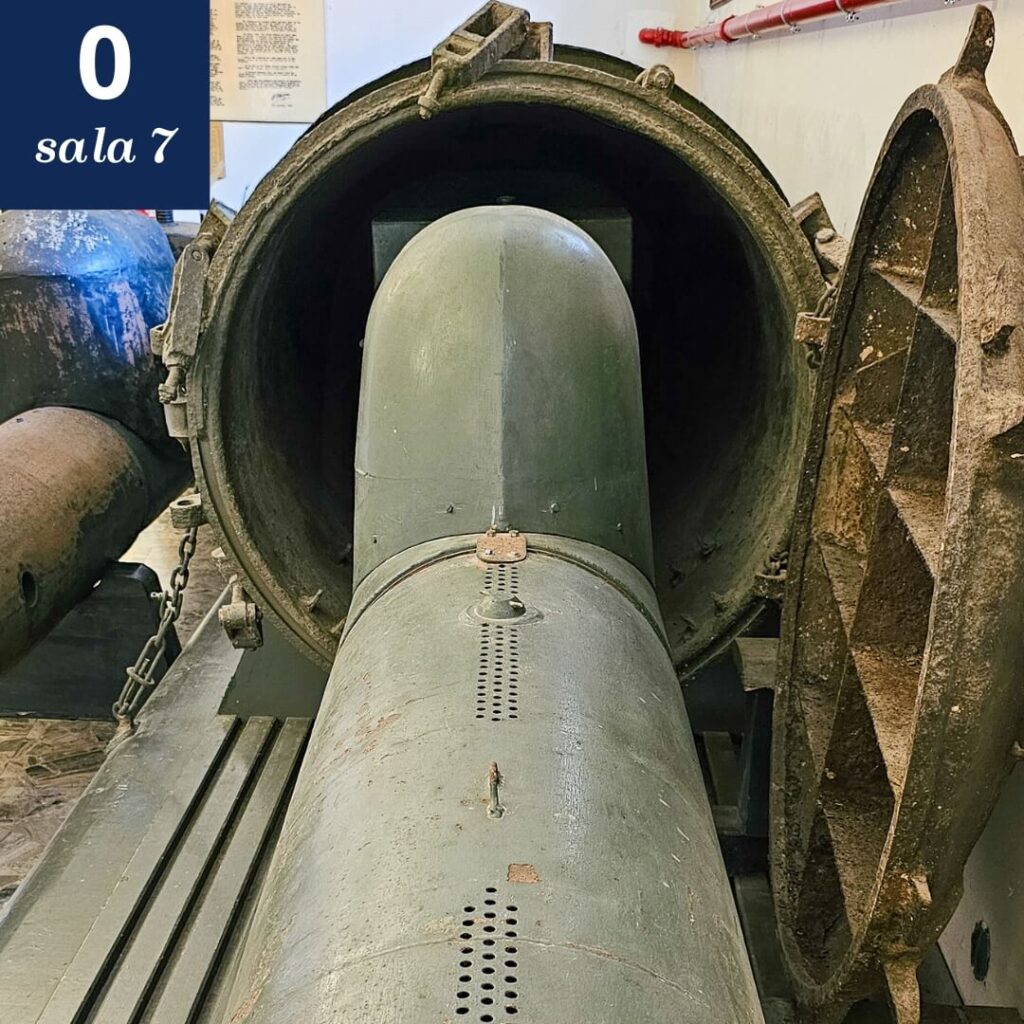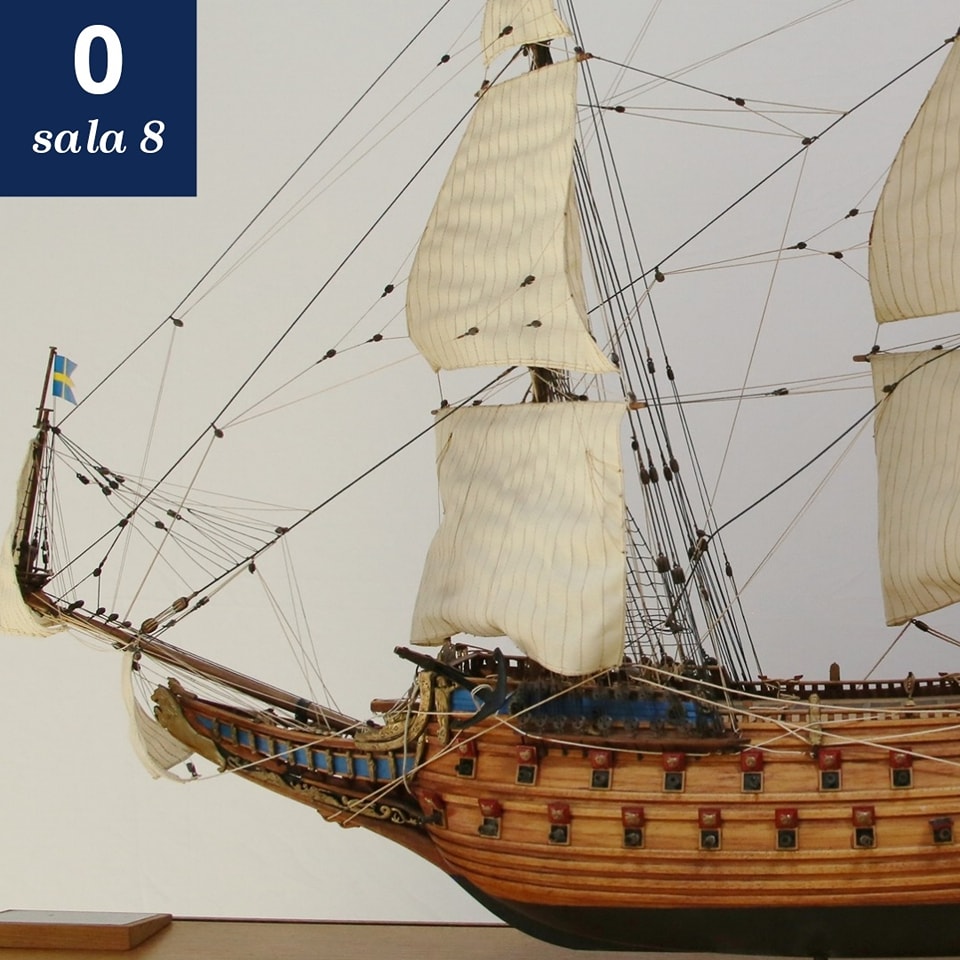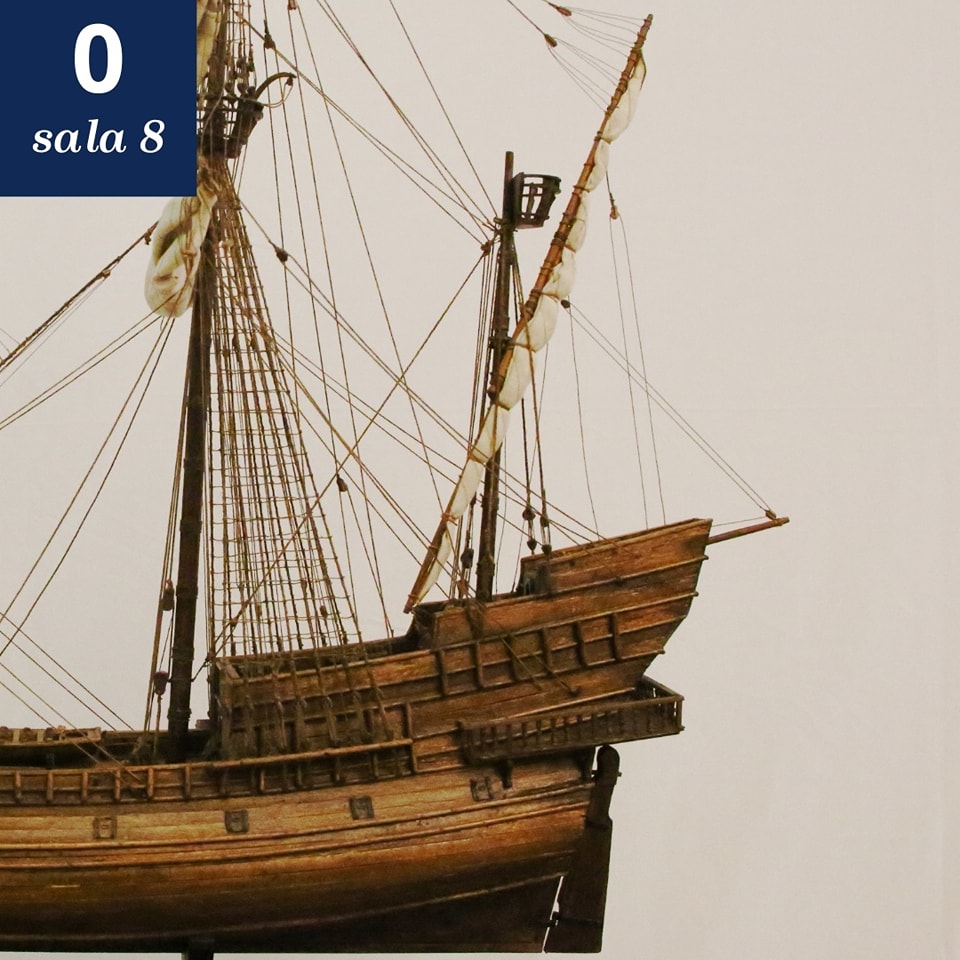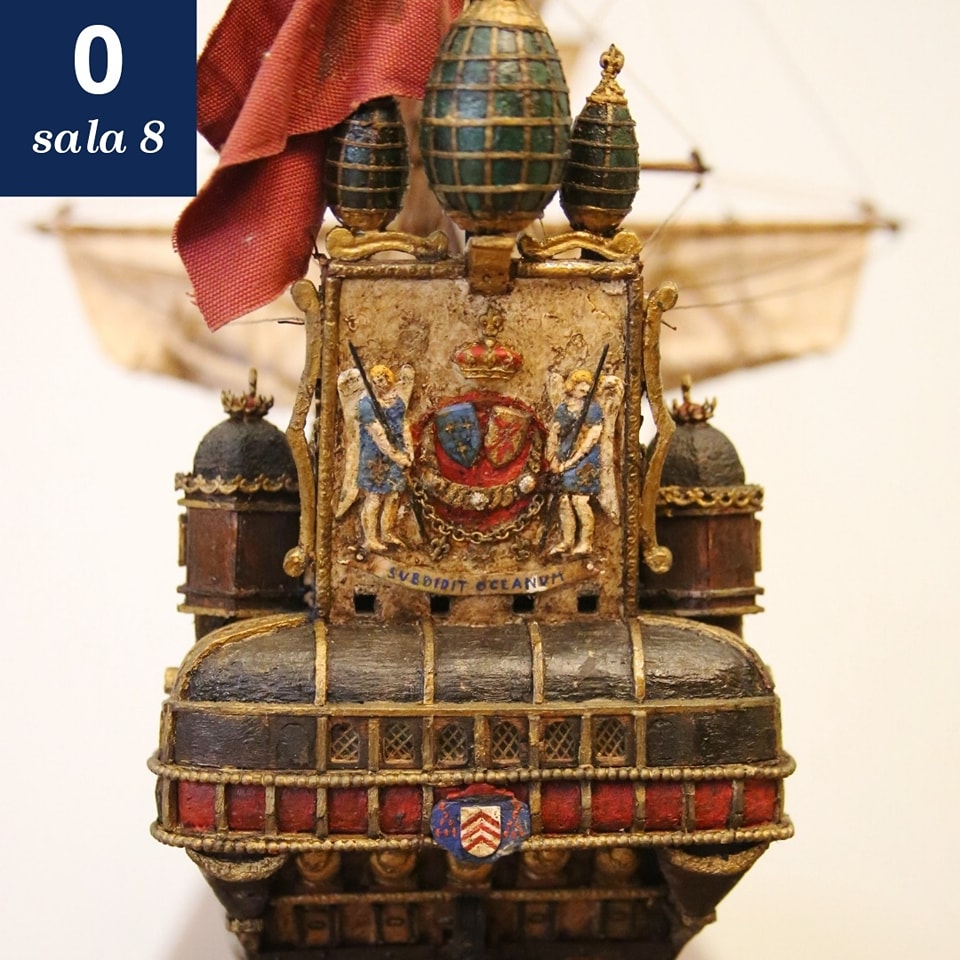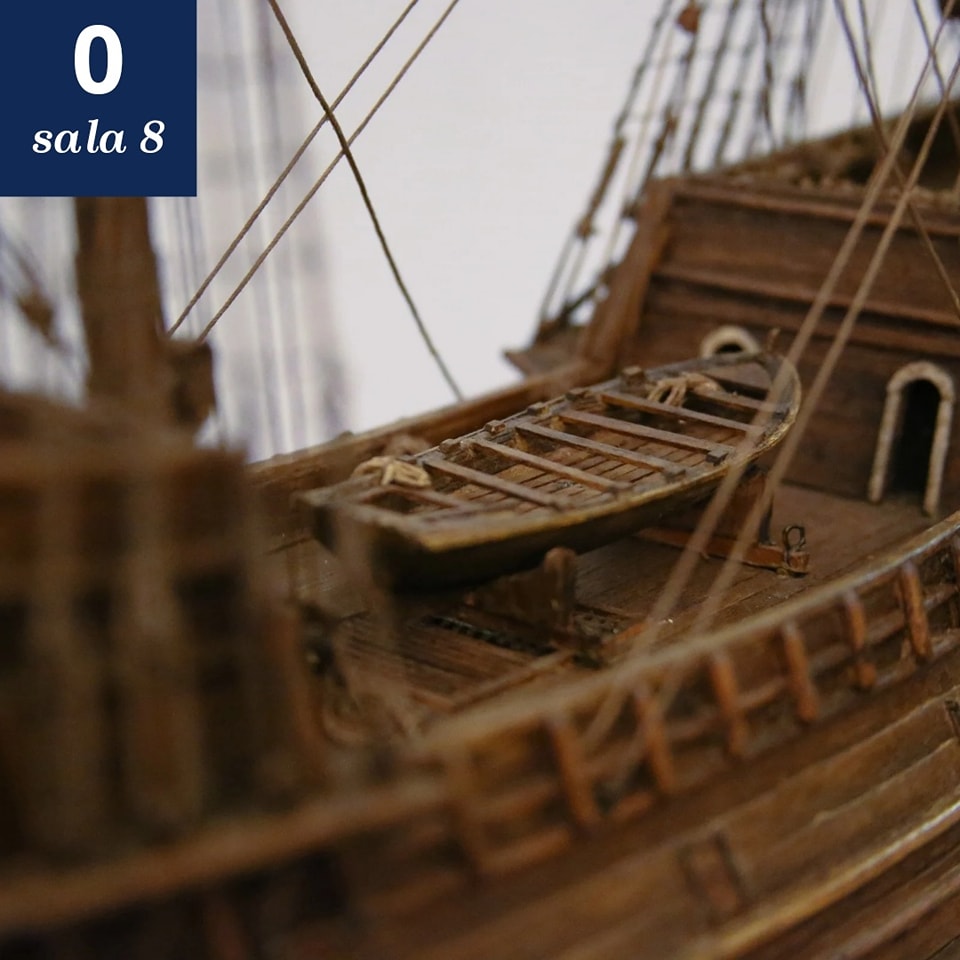Visit the MUNAV
Visit route
On this page you will find some curiosities about the MUNAV visit route. We will encounter boats, paintings, weapons, nautical instruments and documents: a vast collection of artefacts that testify to the link between Venice, the sea and its navigation. The "pills" on the exhibition itinerary will be constantly updated so, if you like, come back to visit us 😉
The MUSEUM - Ground floor
Room 5 🔱 Fire pots🔱
ROOM 6 🔱 The arquebuses 🔱
ROOM 6 🔱 The saber of the Corsair Bavastro 🔱
ROOM 6 🔱 The saber of Emanuele Filiberto of Savoy, Duke of Aosta 🔱
Remembered among the major figures of the First World War, Emanuele Filiberto of Savoy, Duke of Aosta commanded the 3rd Army of the Royal Army and was nicknamed “Duca Invitto ” for the courage shown on the field during the battles of the Isonzo.
In 1934, a light cruiser named after him was launched, to which his heirs donated his saber in 1947. ⚓️🚤
The saber arrived at the Naval Historical Museum when the cruiser was taken to the Arsenal for restoration operations before handing the ship over to the USSR, and can now be admired in room 6.
SALA 7 🔱 Il siluro a lenta corsa (detto "maiale") 🔱
One of the highlights of the Naval History Museum is undoubtedly the slow-running torpedo from the Second World War displayed in room 7 (ground floor). Considered a typically Italian weapon, the S.L.C was used to attach the explosive under enemy ships without being noticed thanks to the silent electric motor and was operated by two men in diving suits positioned astride the torpedo. 💣
This weapon is remembered for the exploit against the British base in Alexandria, Egypt when on 19 December 1941 six brave men managed to inflict serious damage on the battleships Valiant and Queen Elisabeth, on the destroyer Jervis and to the Sagona tanker. 🛳️🔱
Every year on19 December, the Museum commemorates the six heroes who completed the mission by placing six glasses of sparkling wine on the famous “pig”.
SWING 7 🔱 The M.T.M. or explosive punt 🔱
One of the assault vehicles of the Royal Navy during the Second World War was the famous M.T.M called “explosive punt”. 🚤💥
The vehicle has a cylinder called a “cartucciere” on the bow to transport 300 kilos of TNT. In the stern, however, there is the pilot’s seat equipped with a life raft which was used to abandon the vehicle shortly before impact with the target.
The most sensational war action of the M.T.M was that of the sinking of the British cruiser HMS York and the tanker Pericles on the night between 25 and 26 March 1941 in the Souda harbor on the island of Crete.
Only 100 examples were produced and the only three survivors are conserved respectively at the Naval Historical Museum of Venice, at the Technical Museum of the Navy of La Spezia and at the Science and Technology Museum of Milan. ⚓
ROOM 8 🔱 The galleons 🔱
On board the legendary galleons, powerful ships that sailed the oceans bringing with them treasures, hopes and epic battles, an unforgettable part of European history was written. 🔱🌊
In room 8 of the Museum, some splendid models of these galleons in 1:70 scale are preserved.
PHOTO 1: La Couronne vessel, the first large military ship designed and built in France. It was commissioned by Cardinal Richelieu, prime minister of Louis XIII, and launched in 1636.
PHOTO 2: 16th century three-masted Venetian galleon of the Venetian Armata Grossa, a fleet built starting from the 17th century composed only of galleons.
PHOTO 3: Detail of the stern quarterdeck of the Spanish galleon model from the end of the 16th century, decorated with shields painted with heraldic coats of arms.
PHOTO 4: Detail of the Venetian galleon bridge.



